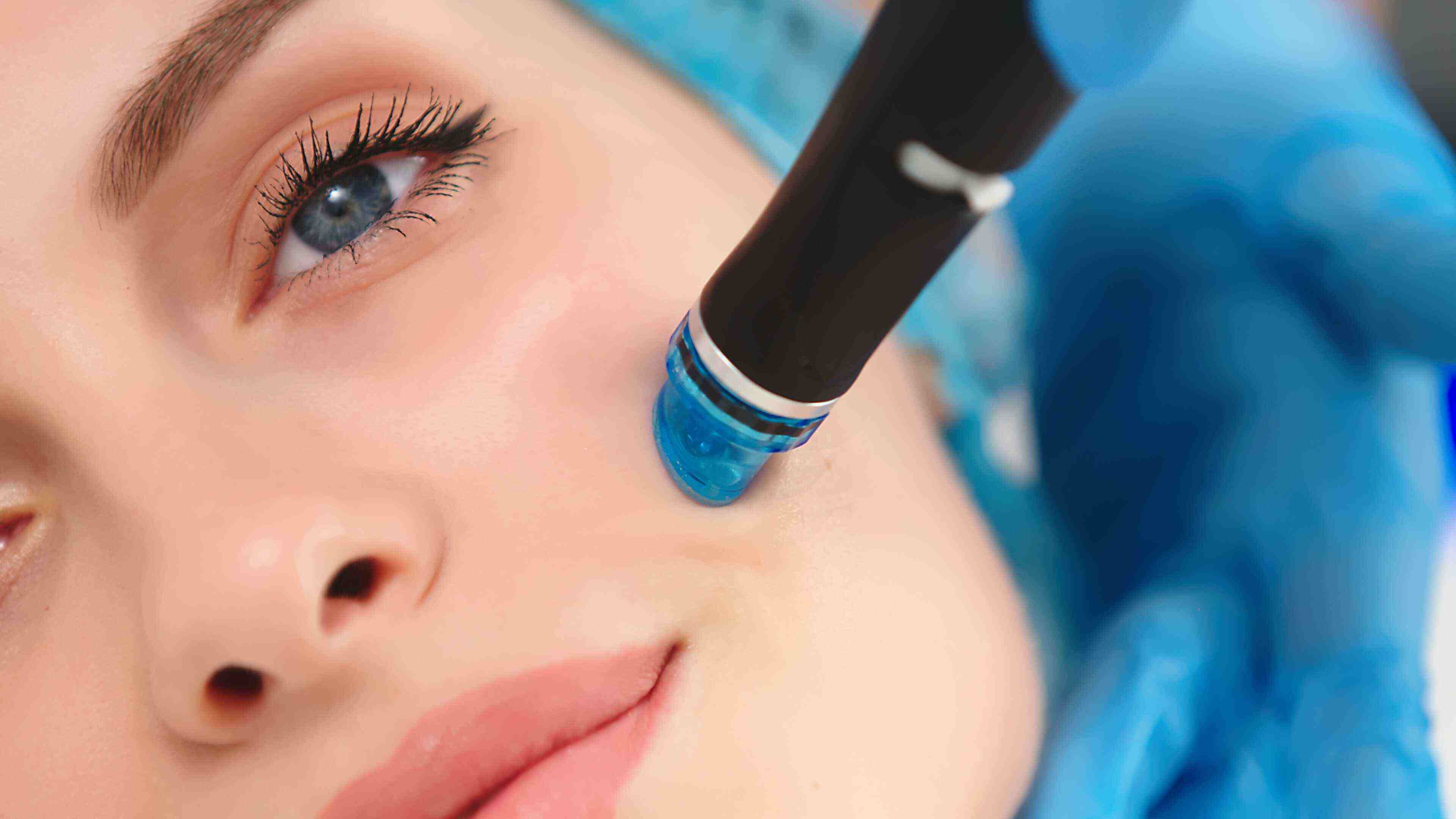Written By: Dr. Prasan Rao
Dr. Prasan Rao has been managing ophthalmology patients since 1995. His area of specialisation includes vitreo-retina-macular diseases, medical and surgical retina, ocular inflammation and uveitis, ocular tumours, ocular imaging and trauma, cataract.
Updated On:December 25, 2023
Read more.

What are Cataracts?
A cataract is an abnormally opaque or cloudy region in the lens of the eye. The passage of light through these areas of the lens is greatly hindered, resulting in impaired vision. Cataracts can occur in one or both eyes, & are a fairly common occurrence.
Symptoms of Cataract
Cataract symptoms can go unnoticed in their initial stages of development as the cloudiness may be limited to a very small area. A larger cataract causes greatly blurred vision, which is particularly weak at night. Other noticeable symptoms of cataract are:
- The appearance of halos around lights
- Double vision
- Frequent changes in visual acuity & glass prescription
- Seeing a yellow tint or faded colors
- Feeling discomfort when looking at light or glare
When to See a Doctor for a Cataract
You should consult your doctor if you notice any abnormalities in your overall vision. Seek medical help immediately if you experience more concerning cataract symptoms, such as:
- Increasing discomfort when looking at light sources
- Sudden loss of vision
- Headaches
Causes of Cataract
The lens contains a gelatinous substance that consists mainly of water & proteins. When these proteins degenerate, they form dense masses that cause clouding of the otherwise clear lens. These cataracts can grow, extensively obstructing the path of light. When the light fails to focus on the retina of the eye, you can no longer see things clearly.
Causes of cataract include:
- Aging
- Injury
- Past eye surgeries
- Conditions such as diabetes
- Other eye conditions
- Increased exposure to sunlight
- The use of certain drugs
- Radiation
- Reduced anti-oxidant activity
- Congenital defects
Types of Cataract
There are 3 main types of cataracts based on their location within the lens:
- Nuclear cataracts in the center of the lens
- Cortical cataracts around the center of the lens
- Posterior capsular cataracts at the back of the lens
Nuclear Cataracts
A nuclear cataract also called a senile nuclear cataract, is the most common type of cataract. It is associated with the normal degradation of the lens content with age, appearing as a yellow or brown density in the center. Nuclear cataracts cause near-sightedness, with a temporary improvement of reading vision. This is called ‘second sight,’ & it precedes the worsening of vision.
Cortical Cataracts
This type of cataract often develops due to conditions such as diabetes, obesity & hypertension, & many others. Beginning in the periphery as a white mass, a cortical cataract eventually extends into the center. It has a characteristic wedge shape & may show white streaks or spokes. Glare or sensitivity to light is a prominent symptom.
Posterior Capsular Cataracts
Posterior capsular cataracts develop much more rapidly than the other types of cataracts. The cataract is aligned with the path of light through the lens, affecting reading vision & causing severe glare & halos when looking at light sources.
Congenital Cataracts
Cataracts can be present at birth. They usually result from infections such as rubella or trauma during pregnancy, other conditions such as myotonic dystrophy, neurofibromatosis type 2 or galactosemia, or genetic abnormalities. Fortunately, they may not always affect vision. These cataracts can be easily detected at birth or after eye tests later in life & are usually removed once diagnosed.
Risk Factors for Cataract
Certain factors significantly increase the chances of developing cataract:
- Age
- Excessive exposure to sunlight or other sources of ultraviolet rays & radiation
- Conditions such as diabetes, obesity, high blood pressure
- Smoking
- High alcohol consumption
- Previous eye procedures
- Injury
- Frequent use of corticosteroids
Complications of Cataract
Without timely diagnosis or cataract treatment, the following complications can arise:
- Blindness
- Glaucoma
- Hypermature cataract: surgical removal of the cataract becomes risky
Diagnosis of cataract
The diagnosis of cataracts involves a range of eye tests that assess different aspects of vision & parts of the eye.
-
Visual Acuity Test: This is a common test used by doctors. It consists of a chart with alphabets of different sizes, which the observer is made to read. The extent of the ability to clearly distinguish letterforms from a particular distance determines the visual acuity or clarity of vision.
-
Slit-lamp Test: The doctor uses a slit lamp that consists of a microscope. A sharp light from the slit lamp illuminates the structures within the eye, & a magnified image of the cornea, iris, lens, & the space between the iris & cornea is obtained. Careful observation for defects helps in the diagnosis of cataracts.
-
Retinal Examination: With the help of eye drops that cause dilation of the pupil, the doctor inspects the retina to check for abnormalities.
-
Perception of Color & Eye Pressure can also be tested to confirm the diagnosis.
Treatment of Cataract
In its initial stages, cataract symptoms such as blurred vision can be corrected using contact lenses or glasses. The use of anti-glare lenses & brighter lamps can help improve reading. However, all cataracts eventually require surgery for treatment.
Surgical procedures used for cataract treatment are often short & painless. Cataract surgery can include:
-
Small Incision Cataract Surgery: This is the most common cataract surgery used nowadays. A probe is inserted through a minute incision & is used to break down the cataract. The lens is then removed, leaving behind only the capsule at the back of the lens. A new artificial lens is placed here.
-
Large Incision Cataract Surgery: Such cataract surgery is rare & is only used for larger cataracts. Following a similar procedure to that used in small incision cataract surgery, a larger incision is used to extract most of the lens.
-
Femtosecond Laser Cataract Surgery: This is the latest development in cataract treatment. In this type of cataract surgery, a laser is used to remove the cataract.
The healing period after cataract surgery is usually around 4 weeks & the improvement in vision is gradual.
Prevention of Cataract
Cataracts cannot be prevented from developing but you can take precautionary steps to maintain the overall health of your eyes, by:
- Wearing protective gear when using tools, playing sports, or performing hazardous tasks
- Protecting your eyes from excessive sunlight by wearing sunglasses
- Cutting down your on-screen time as much as possible
- Getting your vision tested regularly
- Avoiding smoking or drinking too much alcohol
- Eating a healthy diet
For more information on the symptoms, causes & treatment of cataract, get in touch with us.
Meet our doctors from the Ophthalmology department
|
||||||||
|
||||||||
|
||||||||
|
||||||||
|
||||||||
|
||||||||
|
||||||||
|
||||||||
|
||||||||
|
||||||||
|
||||||||
|
||||||||
|
||||||||
|
||||||||
|
||||||||
|
||||||||
|
||||||||
|
||||||||
|
||||||||
|
||||||||
Similar Posts
teleMEDCARE App
Download teleMEDCARE app from Google Play or App Store to connect immediately to Medcare doctors at a click of a button and without an appointment.

Home Services
We offer our patients a broad range of home health care services in the comfort of their own homes. Book an appointment for lab tests, vaccinations, nurses and physiotherapists.

Chronic Care
Know more about our Chronic Care Management Programme in partnership with Damana Saicohealth.

teleMEDCARE App mobile
Download teleMEDCARE app from Google Play or App Store to connect immediately to Medcare doctors at a click of a button and without an appointment.

Home Services
We offer our patients a broad range of home health care services in the comfort of their own homes. Book an appointment for lab tests, vaccinations, nurses and physiotherapists.

Spotii
We have partnered with Spotii to offer a more flexible way to pay - Pay over time for your purchase. No interest, no cost & no catch.


























